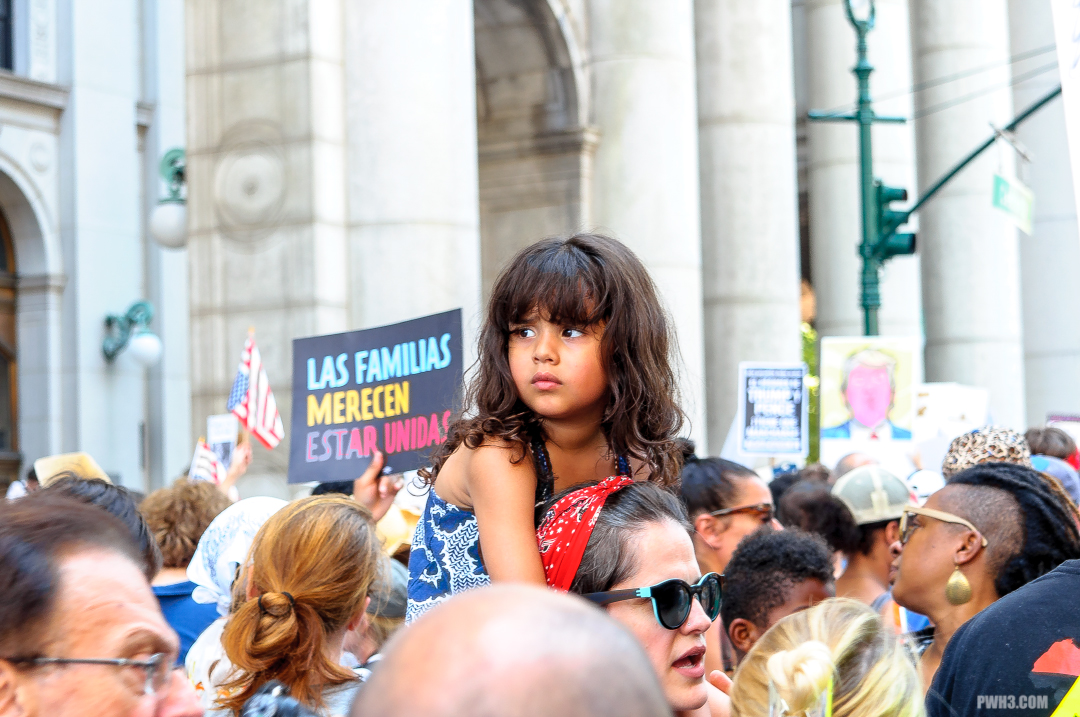Photographing a political rally or political march can be both exciting and exhausting. In order to properly capture the event, you’ll essentially have to be a participant: you’ll assemble where the protestors assemble, listen to the speakers of the event, and go where the march goes. Here are some of my tips for covering a political march.
Get to the Staging Area Early
Try to show up about an hour before the event begins. There won’t be many people around aside from the organizers and the police setting up barricades. Introduce yourself and talk to the event organizers or event marshals if you can. They are usually helpful and can give you specific information about what is planned, the route, how many people they expect, what happens after the event is over and any last-minute changes to any of the above. They may even offer you a temporary press pass or “behind the scenes” access, depending on how large and serious the event is.
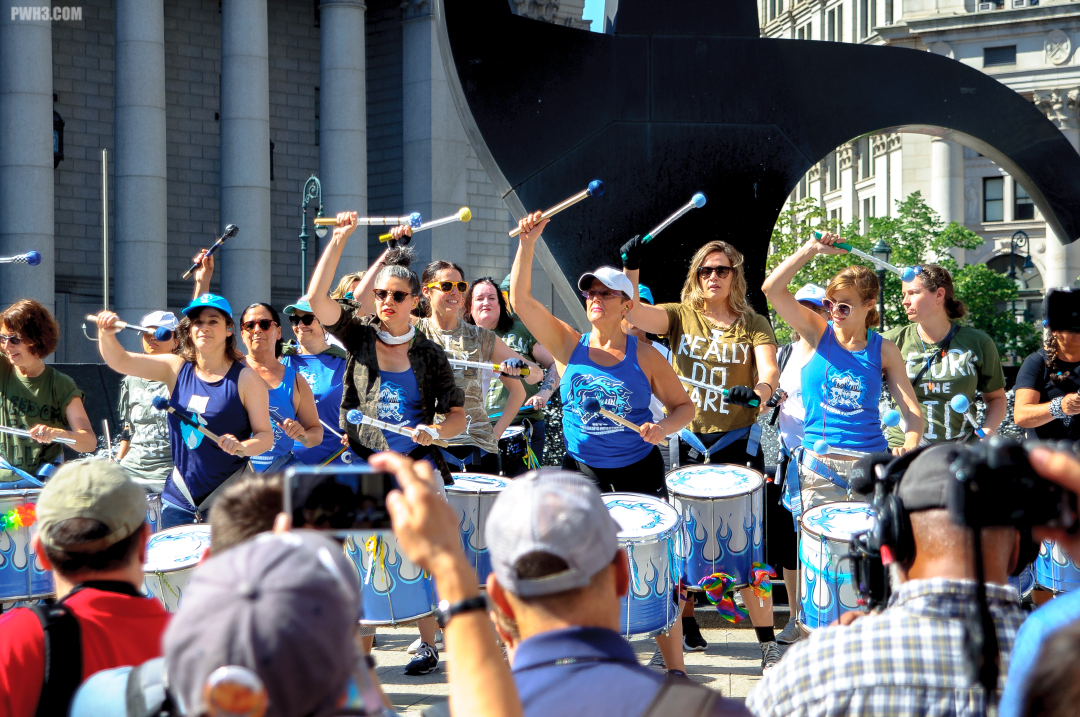
Wear Comfortable Shoes
You will be on your feet all day long. If it’s a march, you’ll have to walk with the protestors in order to capture everything. In almost every case, you’ll be walking on the streets, on concrete and pavement, and you’ll be moving around a lot in order to get the shots you need. Comfortable shoes will keep your feet from getting sore. I actually bought a pair of sneakers just for these types of events.
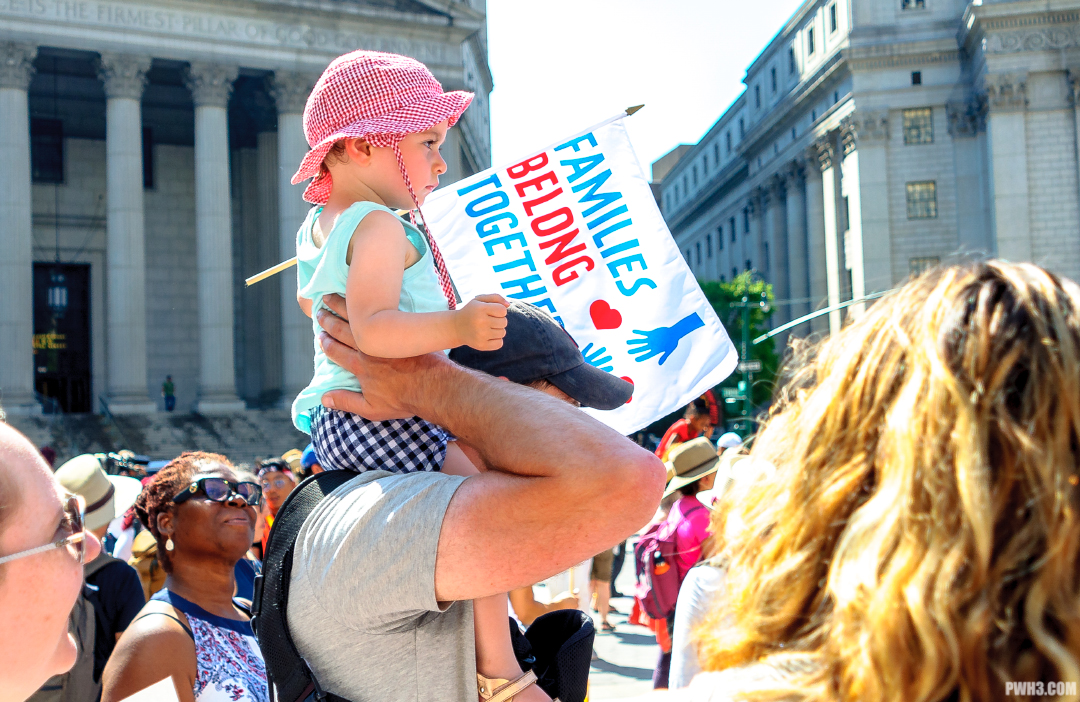
Be Prepared to Deal With the Weather
If it’s going to be a hot summer day, don’t forget to apply lots of sunblock, wear loose & lightweight clothing, and wear a hat. You will be out in the hot sun for several hours. If the event takes place in the winter, be sure to wear clothing that’s warm enough without being so bulky that you’re physically limited. No matter what the season, always bring water or a sports drink. You may not realize how dehydrated you can become while walking, moving around and shooting for hours, even in cold weather.
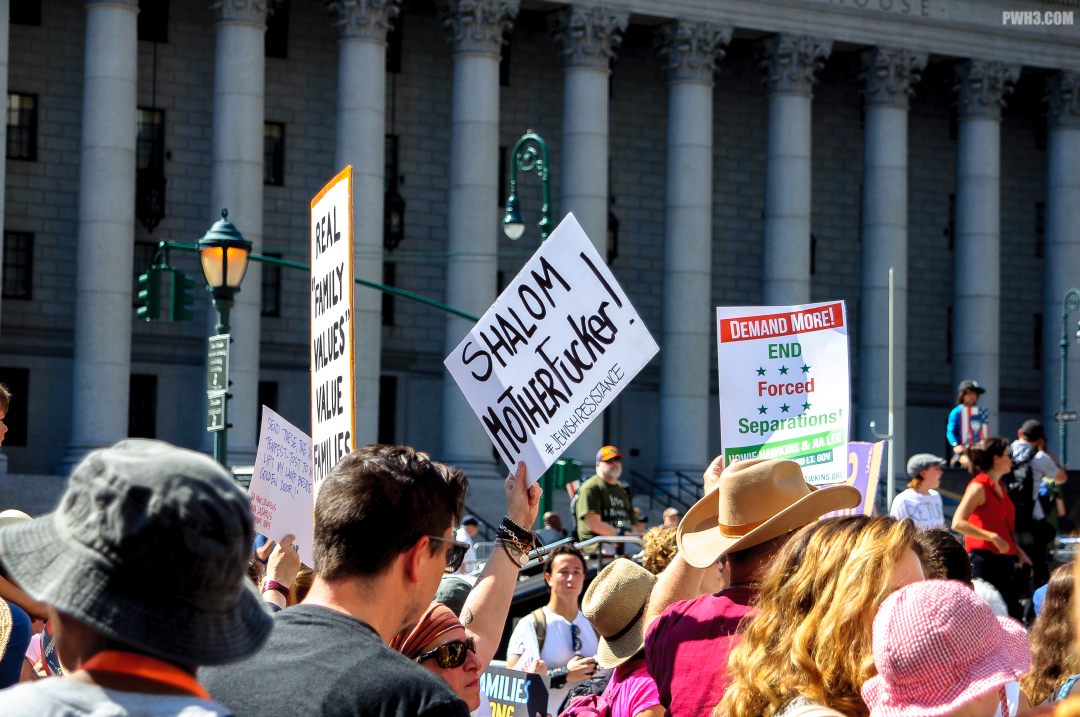
Ask People to Pose For You
The point of a political march or rally is to be seen and have one’s voice heard. People are usually more than happy to have their photo taken. While candid shots are great and should make up the bulk of your photos, a few posed shots can really help to capture the feel of the event and humanize it.
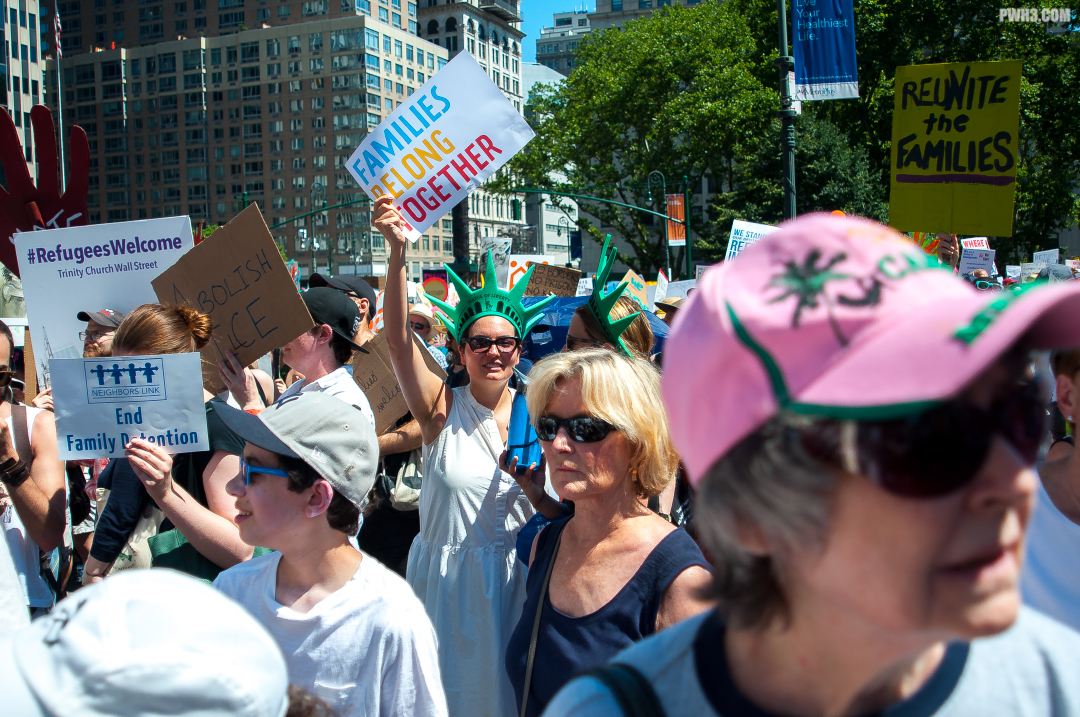
Look Out For Any Trouble
A political issue that inspires people so much that they assemble to rally and march will probably bring out a lot of emotion in them while they’re on the streets. Sometimes these emotions can get out of control. As a photographer, you’re there to capture what happens, but be sure to keep yourself (and your gear) safe. If someone seems a bit too aggressive for your tastes, quietly move away from them. In addition, some marches tend to bring out opposition protestors, which can lead to open conflict. Be cautious of situations like this, since they can spiral out of control quickly. If anyone is causing real trouble (such as threatening violence or throwing objects) tell an event marshal or a police officer.
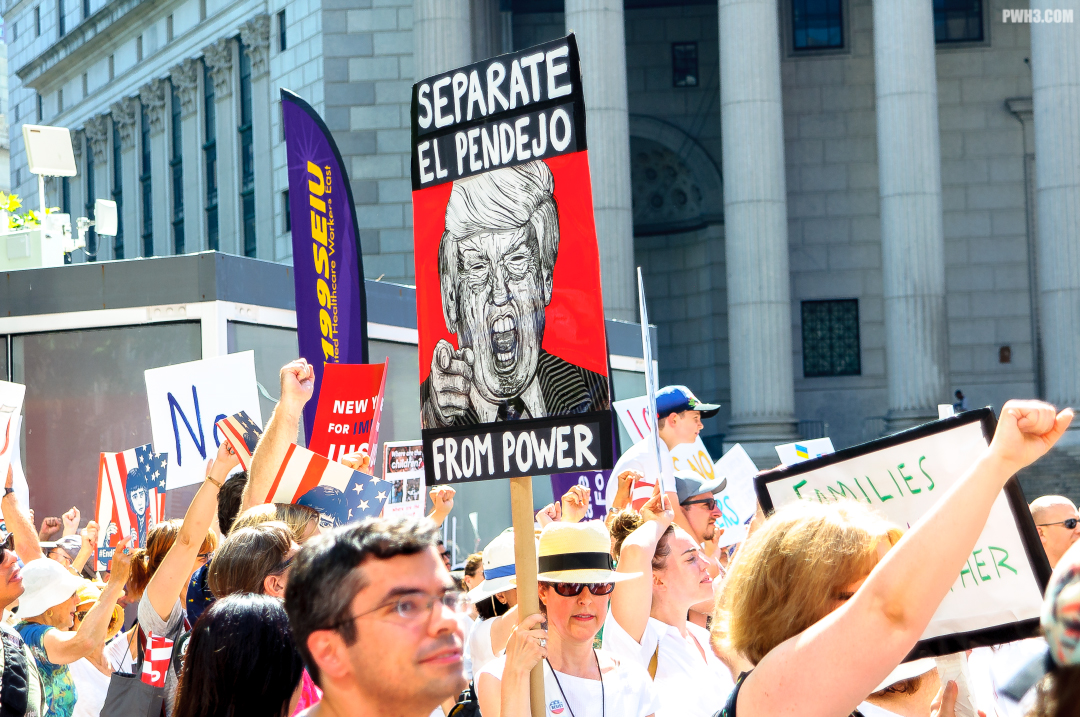
Be Prepared to Be Jostled Around
You’ll be among a large crowd with active and fired up people, so it can’t be helped if people accidentally bump into you, step on your feet, or knock into you from behind (and you might be guilty of accidentally doing it too!) It’s nothing personal and not a big deal. Just be mindful of your photography equipment so it doesn’t get damaged. Keep your camera close to your body and don’t let it swing around.
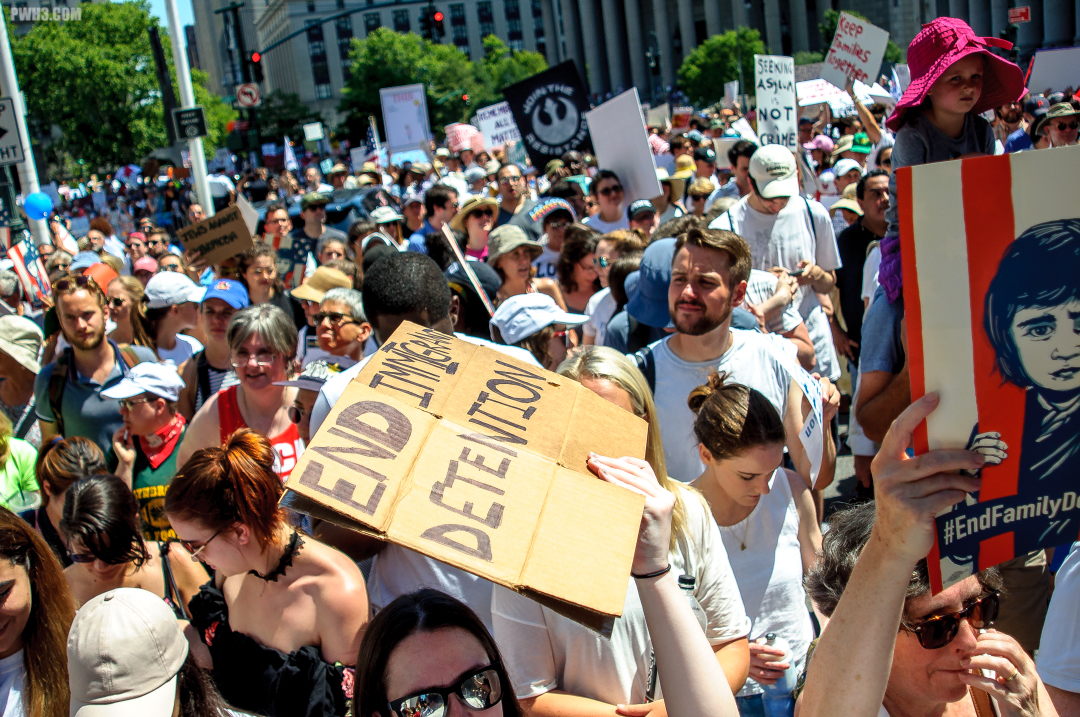
Use a Zoom Lens
This is one of the few times you’ll hear me say not to bother with prime lenses. Instead, use a zoom with a good range (24mm to 120mm is my favorite). You’ll often need to go from wide to close-up very quickly, and because of the crowd you may not always be in the position to get the shot you want. You will often be too far away, and the crowd will make it impossible to “zoom with your feet” with a prime lens. You also won’t need to worry about how bright the aperture is; these events always start in the morning and typically finish by late afternoon.
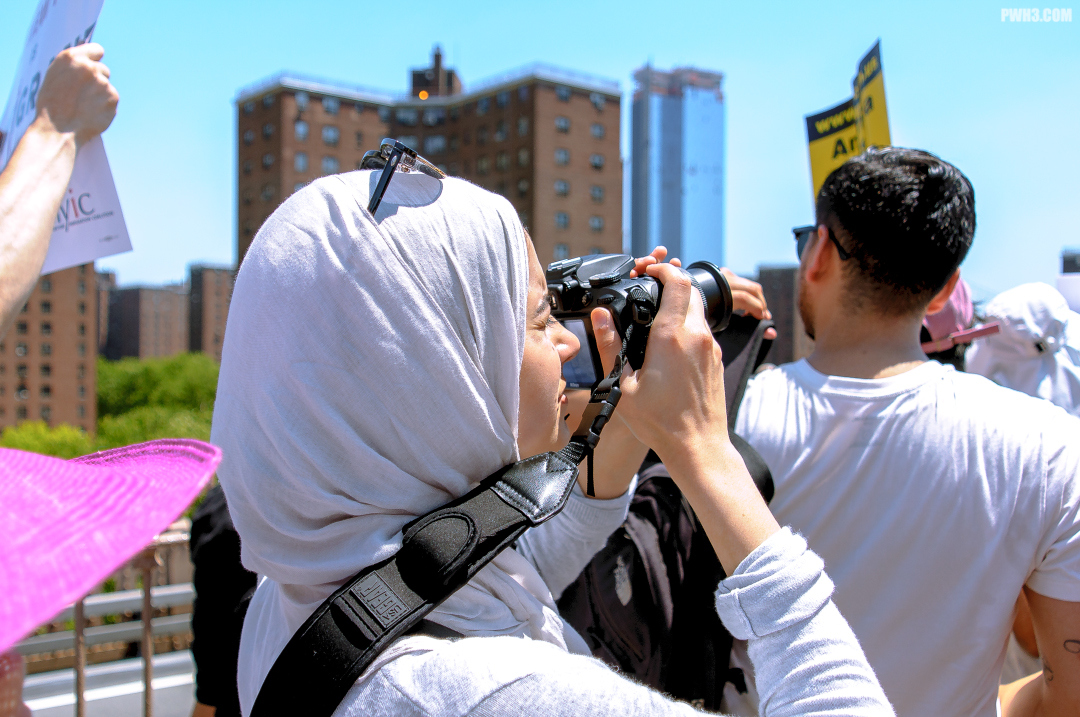
These are my tips for photographing a political march or a rally. If you have a question or any other tips, feel free to leave a comment below or contact me on Instagram.
All photos in this article were taken with a Nikon D90 and an old Nikkor 24-120mm f3.5-5.6D Streetsweeper lens from the year 1996 (my favorite Nikon lens of all time).

